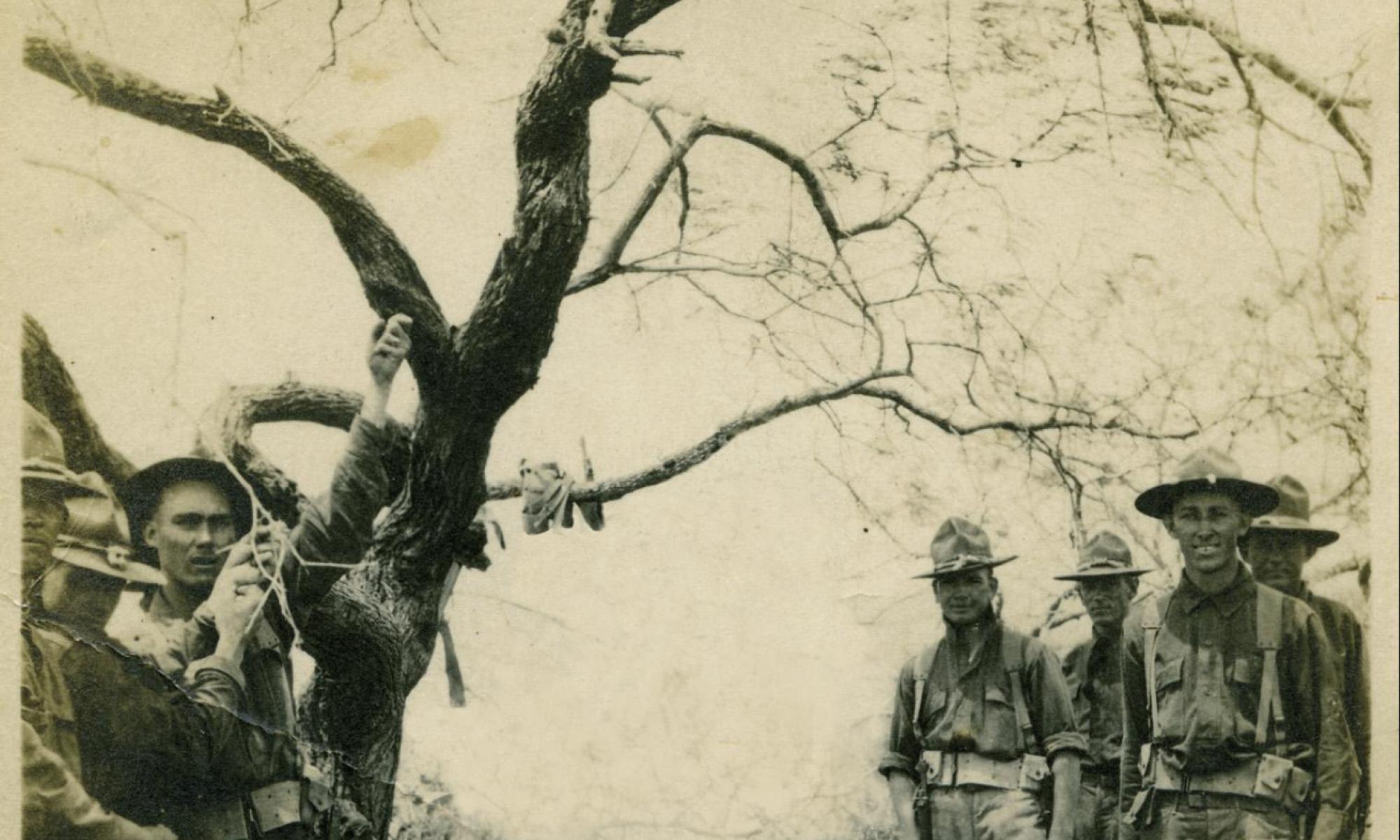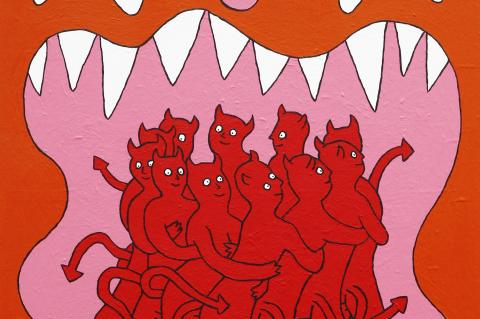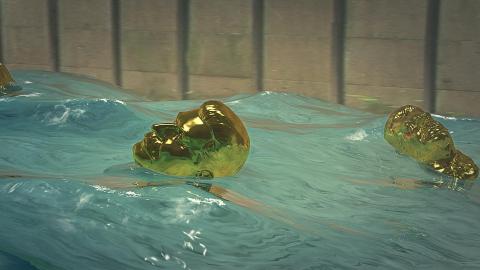Dark Fate: The Camera Lens as a Black Hole
The latest iteration of the Terminator franchise, Terminator: Dark Fate (2019), is captivating for the sheer amount of Mexican bodies liquidated on screen. Set in Mexico City and Texas, the film showcases a Rev-9 Terminator (played by Mexican-American actor Gabriel Luna) that arrives from the future to persecute Mexican protagonist Daniella Ramos, across the USA and Mexico. Unlike earlier films, in which Sarah Connor is under threat for birthing the future leader of the resistance, John Connor, Dani Ramos is herself to become the head of a future rebellion against the machines. This revision of the reductive Madonna archetype (where Connor’s only purpose is to deliver the Messiah) in tandem with diverse casting, proves the film is aggressively seeking to appeal to a progressive zeitgeist of inclusiveness. Yet, abysmal contradictions quickly tear this textual space, as if mimicking the portals that fracture space and time to bring the Terminator’s slaughter in the film. This is because the Terminator eradicates myriad Mexicans with pornographic recurrence in its quest to dispatch its target.
Title Image:
Ken Gonzales-Day
Disguised Bandit, Unknown Victim, c. 1915 [detail]
2006
From the Erased Lynching Series
Chromogenic print
177.8 x 101.6 cm
Courtesy of the artist




